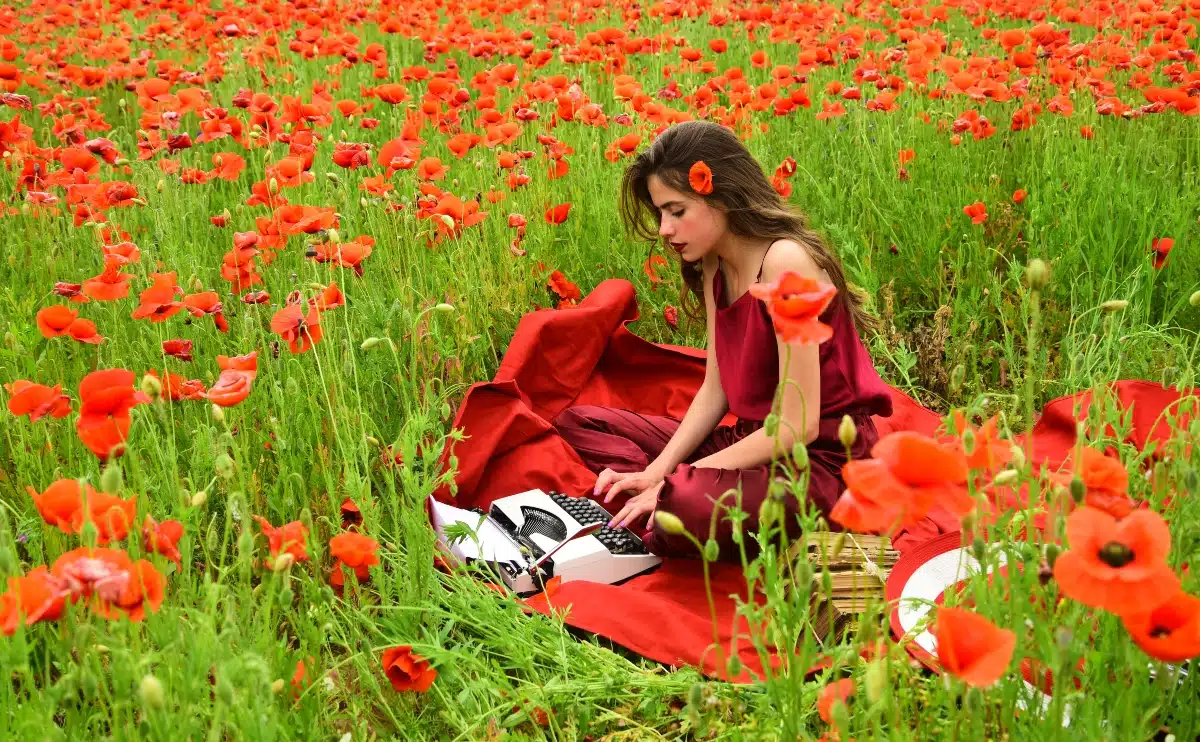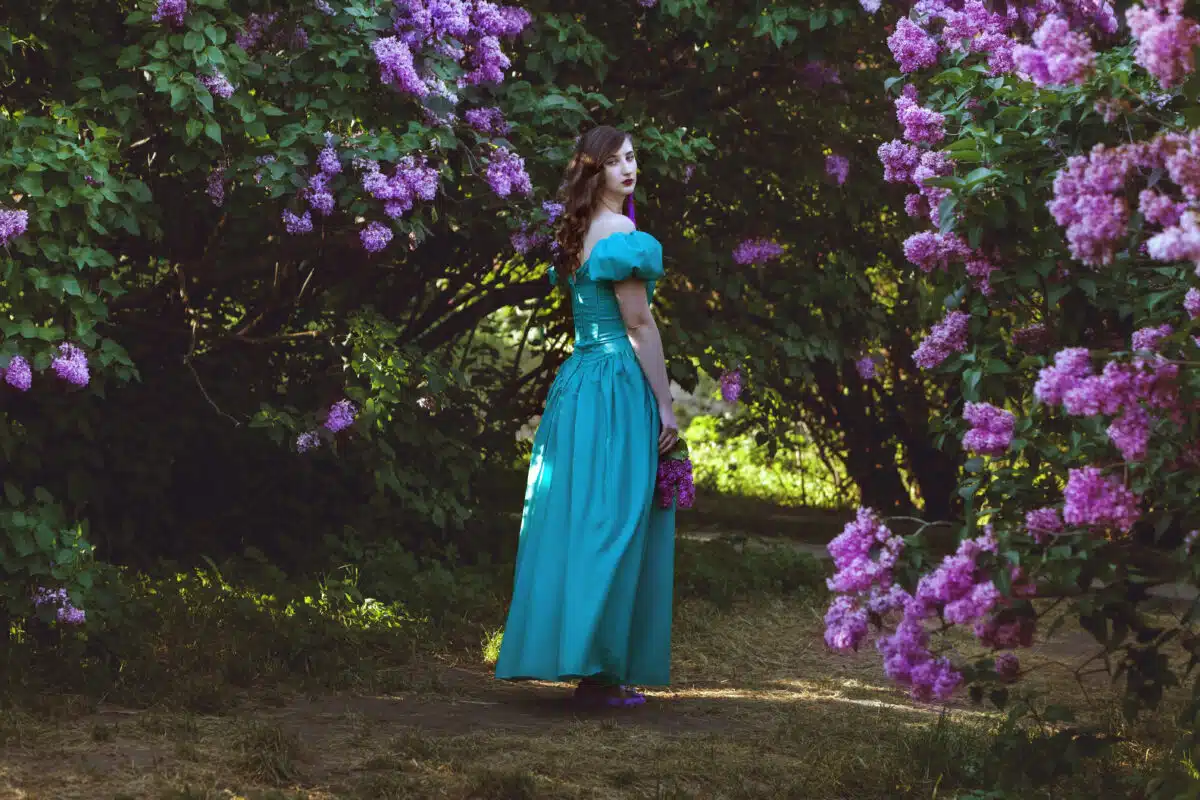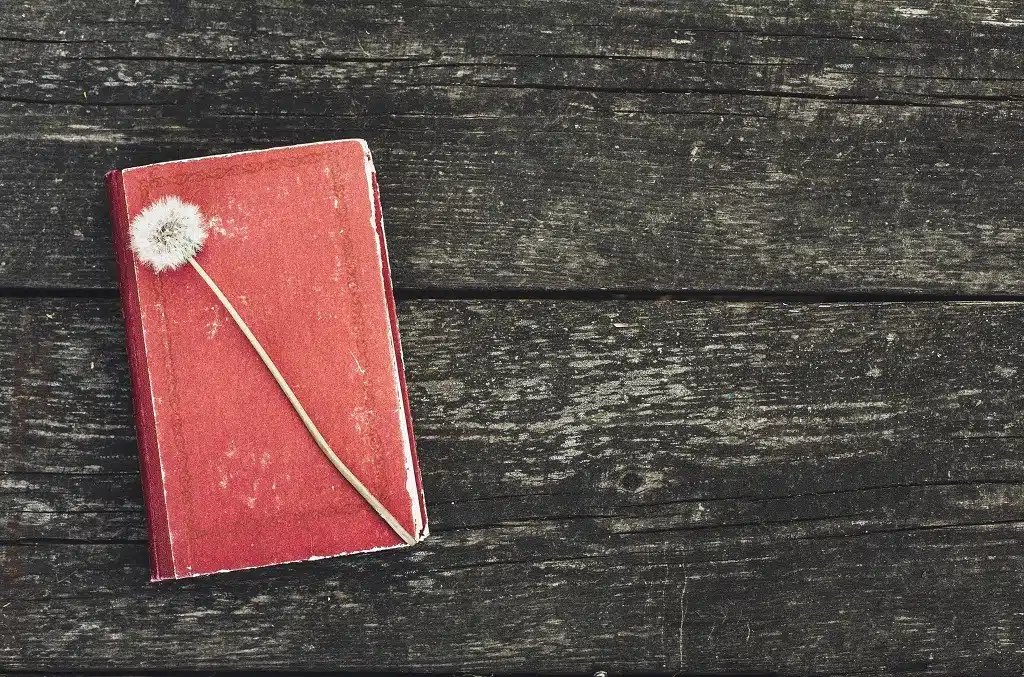Here’s what the Chance Operations poetry form is:
Chance operations are poem generation techniques that basically leave the compositional operation to “chance”, such as the rolling of a dice, or tossing of a coin.
Poems that are created by using chance operations typically source texts from famous written literary works, magazines, and even newspaper articles.
So if you want to learn all about the Chance Operations poetry type, then you’ve come to the right place.
Let’s jump right into it!
- Erasure Poetry Form: Embody Art in Absence
- Blackout Poetry Form: Illuminate With Shadows
- Dada Poetry Form: Free Your Imagination
- Cut-Up Poetry Form: Puzzle Your Emotions

Poetry Forms: Chance Operations

Chance operations describe any method of creating poetry that is not dependent on the author’s own choices.
They describe poetry that is quite literally “left to chance”.
A chance operation can be practically anything that takes the will away from the poet, but especially describes luck-based word choices and randomized computer programs.
Examples include choosing words by drawing straws, throwing darts, pulling words out of a bag, etc.
The poems created from such chance operations separate the poem from the poet and deciphering meaning from them becomes entirely the responsibility of the reader.
Properties of Poems Produced With Chance Operations

| Rhyme Structure | None |
| Meter | None |
| Origin | Dadaism (circa World War I) |
| Popularity | Rarely considered ‘real’ poetry |
| Theme | Random, purposely meaningless |
Chance Operations and Dadaism

While chance operations have likely always existed as a game, it was not until the Dada movement that people started to see them as legitimate statements.
This is a bit ironic, in the sense that Dadaists were specifically using chance operations to tear down the legitimacy of contemporary art as a protest to World War I, only for their efforts to be seen as an art movement.
The Dada movement began around 1915 and lasted for roughly a decade, though its influence can be felt in some branches of art today.
It was a relatively simple movement in concept.
The Dadaists used ‘anti-art’ to show that people will look for meanings and logic even where there is none.
This, to the Dadaists, proved that logic and reason are themselves inherently irrational.
They thus stood against the various ‘-isms’ that they felt had a hand in mankind’s obsession with war. (Nationalism, industrialism, rationalism, etc.)
Their art, or lack thereof, discarded all conventions of art in favor of a message told only through absurdity and chance.
The origins of the term “Dada” are unknown, though multiple anecdotes and arguments have been produced.
Some point to Tristan Tzara or Richard Huelsenbeck as its progenitors, while others speculate that it was purposely supposed to sound like babbling, but the exact moment that “Dada” was chosen has been lost to history.

Dadaism, despite being a sort of ‘non-movement,’ actually did have some precursors in the form of the avant-garde art forms of the time.
Marcel Duchamp was the one who first coined the term “anti-art” in order to describe works whose sole purpose was to challenge the idea of “art.”
Some influences on Dada included Cubism, Expressionism, and Futurism, which had similar rebellious spirits behind them.
Dadaism was unique among these in that its simplicity and message were appealing across international borders, allowing it to spread surprisingly far and fast.
Dadaism was an international movement and as such suffered from a slightly fractured identity, but many practitioners did not see it as a movement, nor did they see their pieces produced at that time as art.
A number of Dadaists simply saw it as a violent rejection of the logic and reason that had led to the horrors of war, meant only to insult the elitists who they felt were largely responsible for the unhealthy ways people few the world.
It was in the throes of Dadaism that chance operations became prevalent as a way to produce art, with Dadaists reportedly pulling random words from a bag to produce their “poetry.”
Until precisely this movement, chance operations had no legitimacy or heritage to speak of within the artistic community.
Chance Operations in the Modern Era

While chance operations are not held in high esteem, they do occasionally pop up as fun exercises for artists of all disciplines.
Some artists will use a random poem generator online to get ideas for their own poetry or will pull a few random words from the dictionary to try to get inspiration.
The use of chance operations as a mode of prompt selection is easily the most prevalent usage, though it’s also the least talked about.
There are also hybrid forms of chance-based poetry, where a poet will allow random chance to dictate the first word of each stanza or the end sounds they’ll use in a poem.
How chance operations are employed will ultimately vary from person to person.
But the use of drawing straws, flipping coins, or rolling dice to make hard decisions goes way back through human history.
It was only a matter of time until these same methods found their way into the artistic process.
One of the most famous and widespread examples of randomness in the modern era is the humble ad-lib.
Children everywhere love this fun exercise, in which words are selected at random before being plugged into a pre-existing template.

If you’ve ever picked up a book of ad-libs at the dollar store, then you’ve already unknowingly used chance operations to produce a written work.
It should be noted, of course, that chance operations have largely receded back to where they were before Dadaism and are, once again, usually used more like a game or fun exercise than as a way to produce anything meant for publication.
There are exceptions, such as the avant-garde group “Fluxus” or the Chicago poet Jackson Mac Low, but most critics and artists would no longer see poetry produced by chance operations as worthy of sharing.
Prompt selection is one thing, but poems produced entirely at random are mostly seen as novel but pointless.
It’s interesting to note that this is not entirely out-of-line with what Dadaists intended all along, though.
The whole point of Dadaism was that trying to rationalize art is pointless.
In some small ways, they may have ultimately proven their strange non-point.
Using Chance Operations in Poetry

Right off the bat, I do not recommend going out of your way to make the poetry as pointless as possible, unless you’re interested in reviving the Dadaist movement in the modern era for some reason.
If you’re going to use chance operations, I recommend picking out some specific properties of your poem that you plan on randomizing.
You could clip snippets out of a newspaper and rearrange them until they give you an idea, then write a poem-form of the story that your imagination creates from this exercise.
You could write down a list of genres on one page, a list of subjects on another, and blindfold yourself before picking one of each to combine into something new and strange.
There are many ways to utilize chance operations in poetry, usually leading to some truly unusual absurdist works.
Whatever method you choose and whatever reasoning you have for using it, it would still be worthwhile to approach it as if it were a serious poem.
Part of the fun of chance operations is finding meaning where there really shouldn’t be any.
When you hear the phrase “Chinese kangaroo love story” it certainly isn’t familiar, but there may nonetheless be scenes that come to mind.
Example of a Chance Poem

An absurd haiku
wood edge crayon lick
eat fuzzy judge sisters ring
rough pleasure vex last
The above example was quite literally created using a random word generator, the epitome of a chance operation.
The fun of this process isn’t in the creation though since that’s just a matter of gambling for words.
It’s in trying to figure out what the random poem means, despite it having no inherent specific meaning.
Who are the “fuzzy judge sisters” in the second line? Are they the ones who bring about “rough pleasure” before the ending?
There’s obviously no right answer but it’s these questions, and the little surprises along the way, that makes the process fun.
I found it especially interesting that the final word of the poem just happened to be “last” as if the program knew when to end the poem.
Poet’s Note

If you use random chance to build a poem enough times, you would eventually write one of Shakespeare’s sonnets.
Don’t be surprised if it takes thousands of years, though.
Comprehensive Collection of Poetry Forms: Craft Words Into Art

Dare to traverse the entire spectrum of poetic forms, from the commonplace to the extraordinary?
Venture from the quintessential Sonnet to the elusive Mistress Bradstreet stanza, right through to the daunting complexity of Cro Cumaisc Etir Casbairdni Ocus Lethrannaigecht.
For those with a zeal to encounter the full breadth of poetry’s forms, this invitation is yours.
Start exploring the vast universe of poetic ingenuity with our comprehensive array of poetry forms right now!
